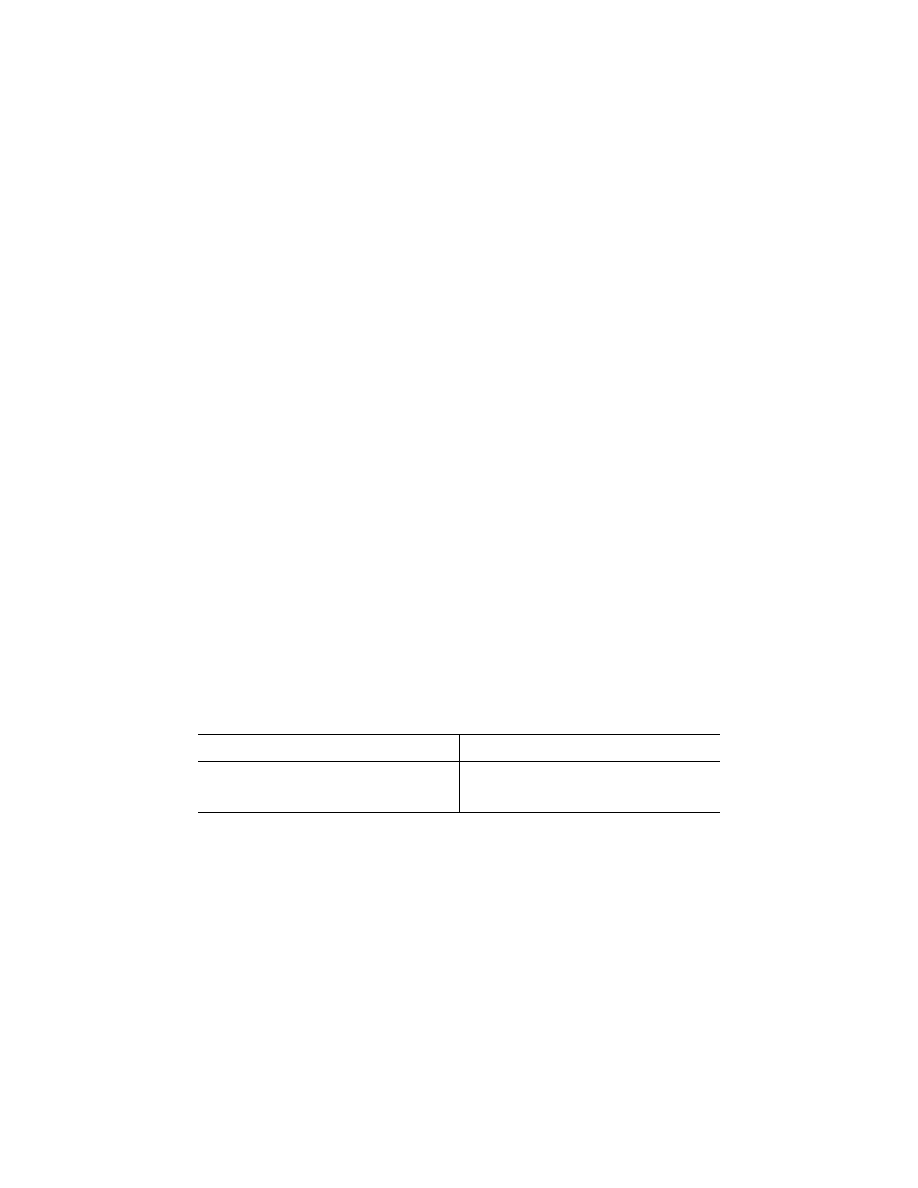
451
Federal Aviation Administration, DOT
Pt. 25, App. K
(ii) Maximum duration flights with max-
imum duration diversions.
(iii) Maximum duration engine-inoperative
diversions distributed among the engines in-
stalled on the airplanes used for the airplane
demonstration flight test program. At least
two one-engine-inoperative diversions must
be conducted at maximum continuous thrust
or power using the same engine.
(iv) Flights under non-normal conditions
to demonstrate the flightcrew’s ability to
safely conduct an ETOPS diversion with
worst-case ETOPS significant system fail-
ures or malfunctions that could occur in
service.
(v) Diversions to airports that represent
airports of the types used for ETOPS diver-
sions.
(vi) Repeated exposure to humid and in-
clement weather on the ground followed by a
long-duration flight at normal cruise alti-
tude.
(2) The airplane demonstration flight test
program must validate the adequacy of the
airplane’s flying qualities and performance,
and the flightcrew’s ability to safely conduct
an ETOPS diversion under the conditions
specified in section K25.2.2(g)(1) of this ap-
pendix.
(3) During the airplane demonstration
flight test program, each test airplane must
be operated and maintained using the appli-
cant’s recommended operating and mainte-
nance procedures.
(4) At the completion of the airplane dem-
onstration flight test program, each ETOPS
significant system must undergo an on-wing
inspection or test in accordance with the
tasks defined in the proposed Instructions
for Continued Airworthiness to establish its
condition for continued safe operation. Each
engine must also undergo a gas path inspec-
tion. These inspections must be conducted in
a manner to identify abnormal conditions
that could result in an IFSD or diversion.
The applicant must identify, track and re-
solve any abnormal conditions in accordance
with the problem tracking and resolution
system specified in section K25.2.2(h) of this
appendix.
(h)
Problem tracking and resolution system.
(1) The applicant must establish and main-
tain a problem tracking and resolution sys-
tem. The system must:
(i) Contain a process for prompt reporting
to the FAA office responsible for the design
approval of each occurrence reportable under
§ 21.4(a)(6) encountered during the phases of
airplane and engine development used to as-
sess Early ETOPS eligibility.
(ii) Contain a process for notifying the
FAA office responsible for the design ap-
proval of each proposed corrective action
that the applicant determines necessary for
each problem identified from the occurrences
reported under section K25.2.2. (h)(1)(i) of
this appendix. The timing of the notification
must permit appropriate FAA review before
taking the proposed corrective action.
(2) If the applicant is seeking ETOPS type
design approval of a change to an airplane-
engine combination previously approved for
ETOPS, the problem tracking and resolution
system need only address those problems
specified in the following table, provided the
applicant obtains prior authorization from
the FAA:
If the change does not require a new airplane type certificiate
and . . .
Then the Problem Tracking and Resolution System must ad-
dress . . .
(i) Requires a new engine type certificate ..................................
All problems applicable to the new engine installation, and for
the remainder of the airplane, problems in changed systems
only.
(ii) Does not require a new engine type certificate .....................
Problems in changed systems only.
(i)
Acceptance criteria.
The type and fre-
quency of failures and malfunctions on
ETOPS significant systems that occur dur-
ing the airplane flight test program and the
airplane demonstration flight test program
specified in section K25.2.2(g) of this appen-
dix must be consistent with the type and fre-
quency of failures and malfunctions that
would be expected to occur on currently cer-
tificated airplanes approved for ETOPS.
K25.2.3.
Combined service experience and
Early ETOPS method.
An applicant for ETOPS type design ap-
proval using the combined service experience
and Early ETOPS method must comply with
the following requirements.
(a) A service experience requirement of not
less than 15,000 engine-hours for the world
fleet of the candidate airplane-engine com-
bination.
(b) The Early ETOPS requirements of
K25.2.2, except for the airplane demonstra-
tion specified in section K25.2.2(g) of this ap-
pendix; and
(c) The flight test requirement of section
K25.2.1(e) of this appendix.
K25.3.
Airplanes with more than two engines.
An applicant for ETOPS type design ap-
proval of an airplane with more than two en-
gines must use one of the methods described
in section K25.3.1, K25.3.2, or K25.3.3 of this
appendix.
K25.3.1
Service experience method.
An applicant for ETOPS type design ap-
proval using the service experience method
must comply with section K25.3.1(a) of this
VerDate Sep<11>2014
12:50 Apr 30, 2019
Jkt 247046
PO 00000
Frm 00461
Fmt 8010
Sfmt 8002
Y:\SGML\247046.XXX
247046
spaschal on DSK3GDR082PROD with CFR